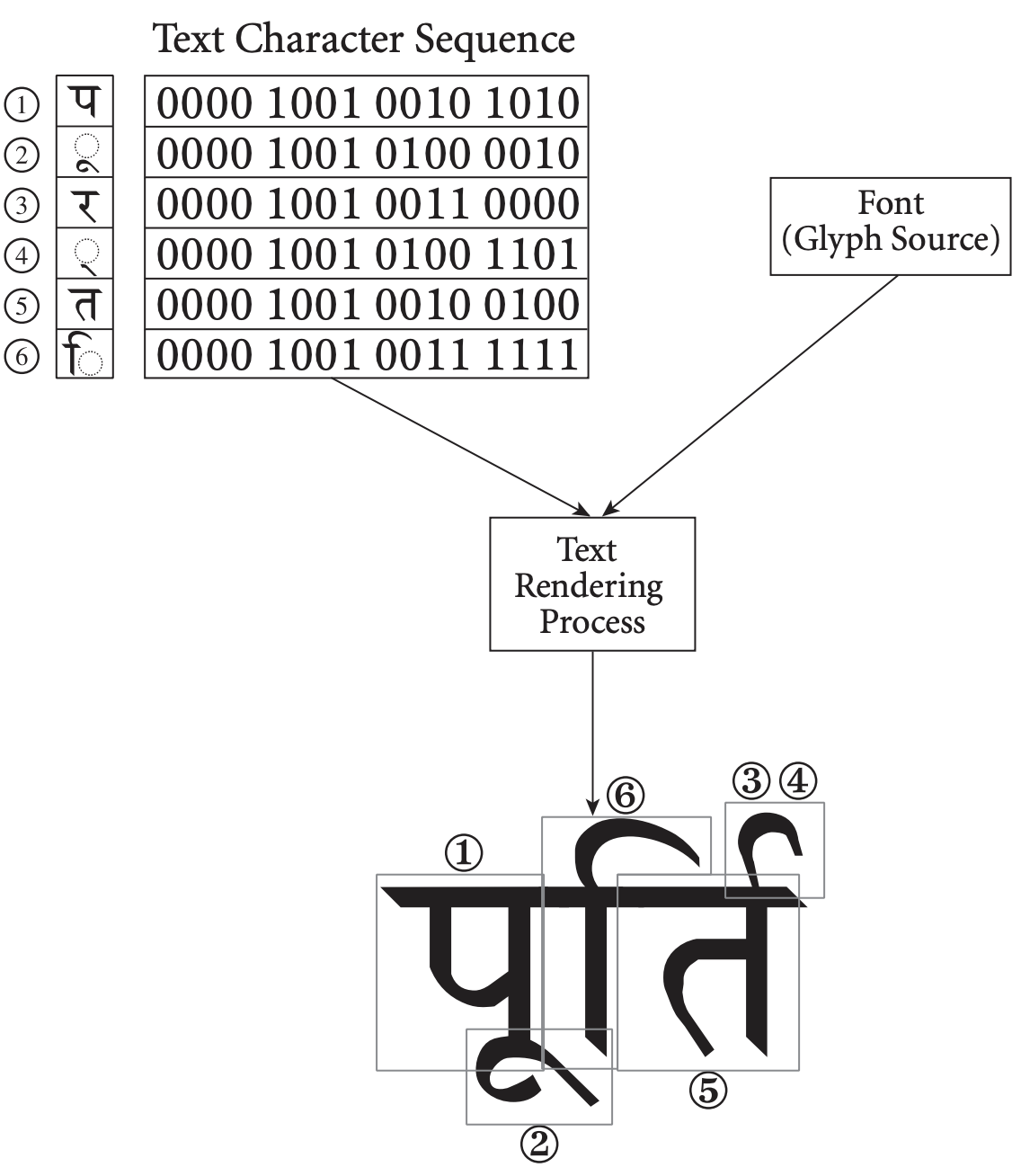

This is, a site dedicated to all things characters, letters and Unicode. It has type Other for sentence and Other for word breaks. In text U+0000 behaves as Combining Mark regarding line breaks. In bidirectional context it acts as Boundary Neutral and is not mirrored. If the character does not have an HTML entity, you can use the decimal (dec) or hexadecimal (hex) reference.
#Unicode codepoints in html code#
But, recently, there was a unique requirement, wherein it was required to convert the emoji characters in a unicode string to their equivalent Unicode code points in Hexadecimal so that they could be properly displayed in a HTML compliant client. If you want any of these characters displayed in HTML, you can use the HTML entity found in the table below. It is very rare that we get to deal with encoding schemes directly in ABAP.

This character is a Control and is commonly used, that is, in no specific script. HTML Unicode UTF-8 UTF-8 Geometric Shapes Previous Next Range: Decimal 9632-9727. In order to work around the limitations of legacy encodings, HTML is designed such that it is possible to represent characters from the whole of Unicode inside an HTML document by using a numeric character reference: a sequence of characters that explicitly spell out the Unicode code point of the character being represented. It belongs to the block U+0000 to U+007F Basic Latin in the U+0000 to U+FFFF Basic Multilingual Plane. U+0000 was added to Unicode in version 1.1 (1993).

See also notes on logic symbols and accented letters in HTML, Unicode, and TeX.Copy to clipboard share this codepoint embed this codepoint You can find more about Unicode from the Unicode Consortium. Other resourcesĪ complete list of LaTeX symbols is available here. However, you cannot count on a client having the necessary fonts installed to display less common symbols. You can access a huge collection of symbols by inserting Unicode characters. Each encoding will represent the characters as bytes according to their own scheme. These encodings specify how each characters Unicode code point is encoded, as one or more bytes. Unicode characters can be encoded using different encodings, like UTF-8 or UTF-16. Otherwise all symbols work in a wide variety of browsers. A code point is an integer value that uniquely identifies the given character. ∉, and ⋅ do not work in IE until version 7. The symbols above display correctly in Internet Explorer 4.01 and later with three exceptions: ∅. However, you run the risk of some users not having the necessary fonts installed on their computer. A code unit is the unit of storage of a part of an encoded code point. Each code point is a number which is given meaning by the Unicode standard. A code point is the atomic unit of information.Text is a sequence of code points. Character escapes used in markup include. Character is an overloaded term that can mean many things. Note that you can insert other Unicode characters this way, even if they do correspond to an HTML character entity. In HTML, XHTML, or XML, you can use a character escape to represent any Unicode character using only ASCII letters. You must use the hex representations instead. Internet Explorer 4.01 did not support hex representations, but all newer browsers do. For example, the symbol ∞ can be written ∞ or ∞ based on its Unicode value x221E. The hex representation of a character in HTML is the Unicode value in hex with &# added on the left and on the right. However character entities let you specify non-ASCII characters in HTML using only ASCII text.
#Unicode codepoints in html full#
(See a full list from the W3C.) These are called “character entities.” You can simply put Unicode characters directly into an HTML page as long as you have an input method and the content-type of your HTML page is correctly set. HTML provides a mnemonic form for 252 of the most common symbols.


 0 kommentar(er)
0 kommentar(er)
